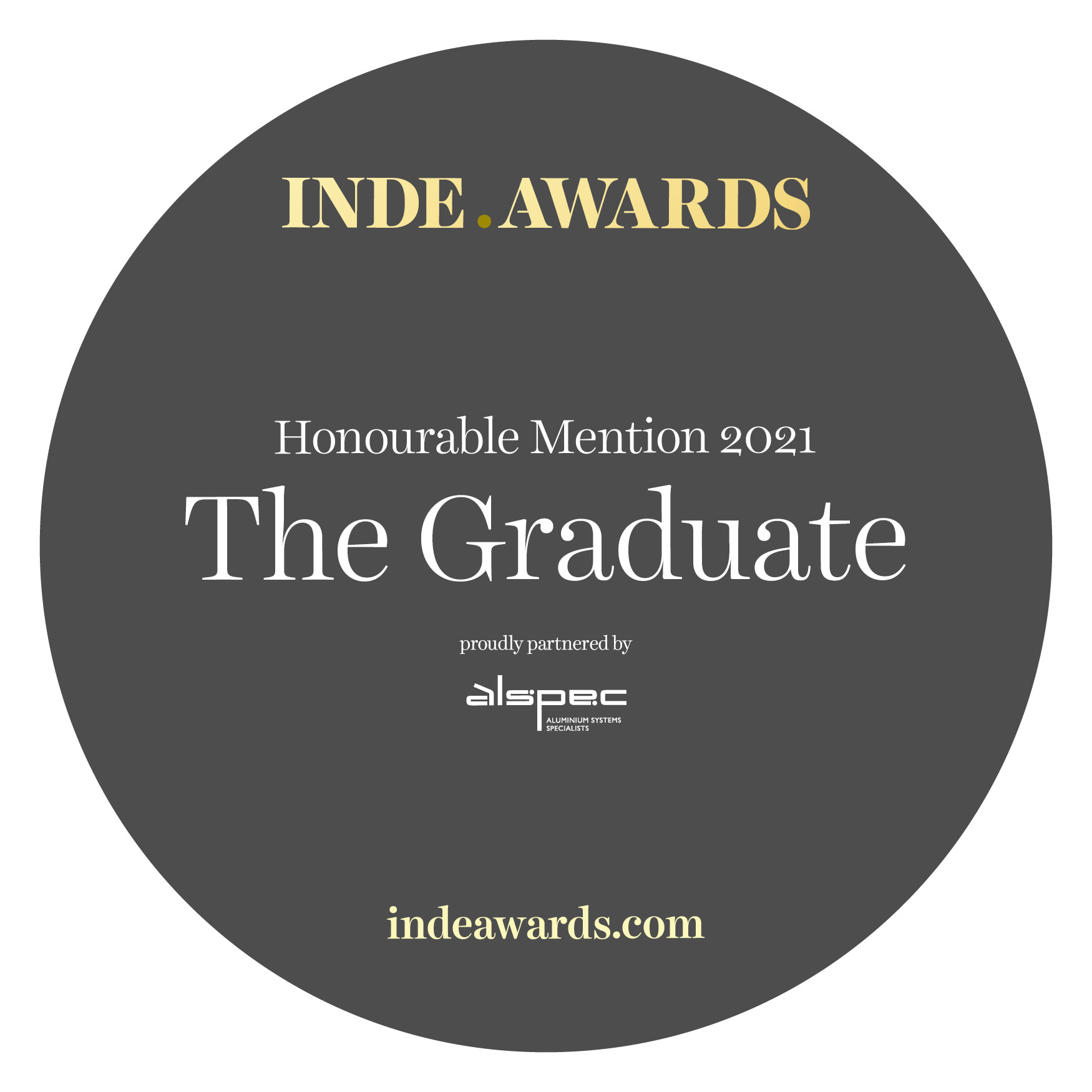Liam Oxlade
RMIT
Australia

From the entrant’s submission:
The primary outcome of this thesis project is a 15-minute short film that is folded out of a question of ‘what life do these projects have beyond an examination?’ The film addresses the legitimacy of public buildings across three discrete outcomes: the Dandenong Mechanics’ Institute hall, Dandenong Company Broadcasting (DCB) media park/data centre, and a Dandenong Post suburban distribution centre – each conceived as belonging to the past, present and future respectively. Dandenong was an important regional city, before it was swallowed up by Melbourne’s sprawl. The film here imagines that it retains this autonomy.
The project breaks new ground in challenging the accepted domains of architectural representation and, by extension, the domain of the architect. In eschewing the orthodoxy of traditional drawing convention, the adoption of film (and the moving image) seeks to engage the myriad possibilities and opportunities offered to a thesis project completed entirely under lockdown and thus presented exclusively over the internet. These multiple viewpoints suggest an exciting and democratic tool for communicating with (and about) architecture. The ambition being that this would influence the outcome, engaging a built form closely attuned to human perception and understanding.
The design is a collection of public buildings, presented in montage as a counterfactual history of Dandenong. These multiple viewpoints convey an idea of how human beings might augment their relationship to the built and natural landscape. Rivers, forests, and beaches are required to perform as commercial entities and recreational hubs. This expectation assumes primacy over its status as ecosystem, or in Australia – Country, as sacred landscape. If we could reassert these assumptions on those conditions of the built landscape that equitably contain aspects of the natural – we might be better placed to reduce our strain on those things that are separate to us.




